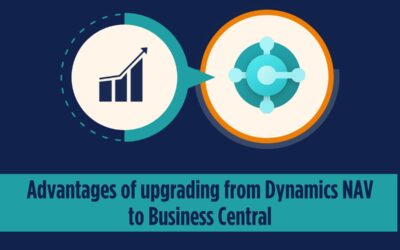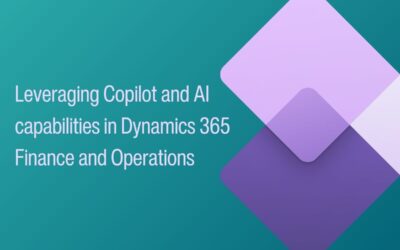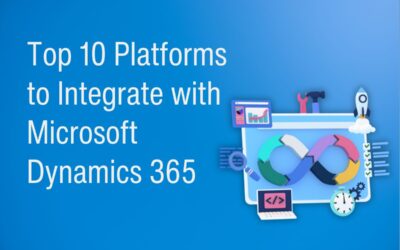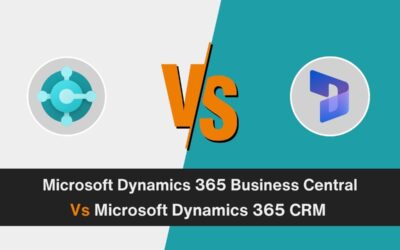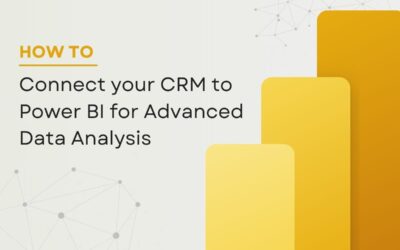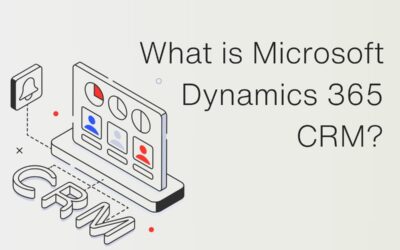The Dynamics 365 suite has been going through a number of changes recently as Microsoft look to further improve the functionality and make their business applications more well-rounded and beneficial for businesses.
The latest change to the platform comes to Microsoft Dynamics 365 Talent – which is now being retired. Dynamics 365 Talent originally comprised of three applications; Attract, Onboard & Core HR. The Attract and Onboard applications were designed for hiring and getting new hires introduced to your organisation, however these applications are being dropped and Microsoft are focusing on the Core HR aspect of the application – hence the name change to Dynamics 365 Human Resources.
What should users of Dynamics 365 Talent Attract & Onboard do?
Microsoft has announced that Dynamics 365 Talent Attract & Onboard will no longer be available for purchase from February 1st, 2020. A Microsoft blog has stated ‘As we focus on the capabilities for Dynamics 365 Human Resources, we will be transitioning away from development efforts around talent acquisition specifically and our Dynamics 365 Talent Attract and Dynamics 365 Talent Onboard applications will be retired. To ensure customers have time to plan, the Attract and Onboard services will continue to be available until February 1, 2022.‘
For users of the Dynamics 365 Talent Attract & Onboard applications, Microsoft is recommending transitioning to LinkedIn Talent Hub, an Applicant Tracking System (ATS) that allows you to source, manage and hire from one central hub. Similarly to the functionality of Attract, it provides full visibility throughout the entire hiring process and utilises actions, skills and experience from 500+ million LinkedIn members to help you hire top-quality candidates. LinkedIn also has Recruiter System Connect that connects LinkedIn Recruiter with other large ATS provider to help improve your recruitment efficiency. To ensure successful migrations to solutions such as LinkedIn Talent Hub, Microsoft will be providing a migration path, data export tools and guided support.
What’s the reason for these changes?
Microsoft’s blog also stated ‘To help ensure we are providing the very best solutions to empower employees, and as we look at LinkedIn’s unique strengths in the talent acquisition market, we plan to refocus our HR technology roadmap and partnership investments for Dynamics 365 across four key areas:
- Transforming employee experiences: Empowering employees with modern, mobile, mixed reality, self-service experiences that enable information access, guided learning, and task execution without requiring intervention from HR.
- Optimizing HR programs: Improving people operations with optimized benefits, compensation, leave and absence, certifications and training, compliance, and payroll programs.
- Improving organizational agility: Helping people thrive as the business changes with adaptable, secure, and scalable HR solutions that are easy to tailor, extend, and connect to current systems.
- Enabling workforce insights: Centralizing HR data to get insightful people analytics and guidance delivered by Microsoft’s leading business intelligence and AI technology.’
What is Dynamics 365 Human Resources?
Microsoft has announced that customers who are users of Dynamics 365 Talent: Core HR will be automatically migrated to Dynamics 365 Human Resources.
Human Resources will provide organisations with the capabilities necessary to build a data-driven employee experience throughout compensation, benefits, leave and absence, compliance, payroll integrations, performance feedback, training and certification and self-service programs. These features will help you improve employee satisfaction and optimise your HR operations.
To improve the overall functionality of Human Resources, Microsoft is making investments into third-party solutions from companies such as FourVision and Elevate HR to accelerate the capabilities for leave & absence, time & attendance, benefits administration and more. This new functionality will be rolled out to HR in early 2020.
‘With LinkedIn solutions to attract, hire, and develop talent and with Dynamics 365 Human Resources to optimize HR programs and enable workforce insights, Microsoft can continue helping business leaders digitally transform HR practices and build winning teams where people can thrive.’
If you would like to learn more about Dynamics 365 Human Resources or if you’re interested in deploying the solution or learning about any of the other Dynamics 365 applications, please contact us today or have a browse through all the content available on our website.


